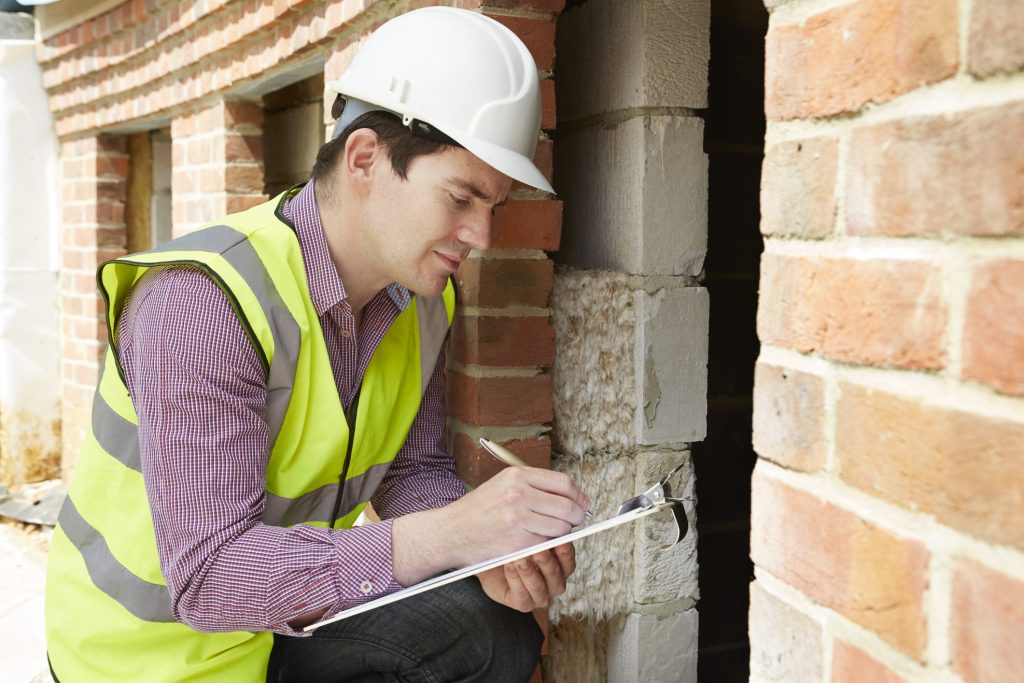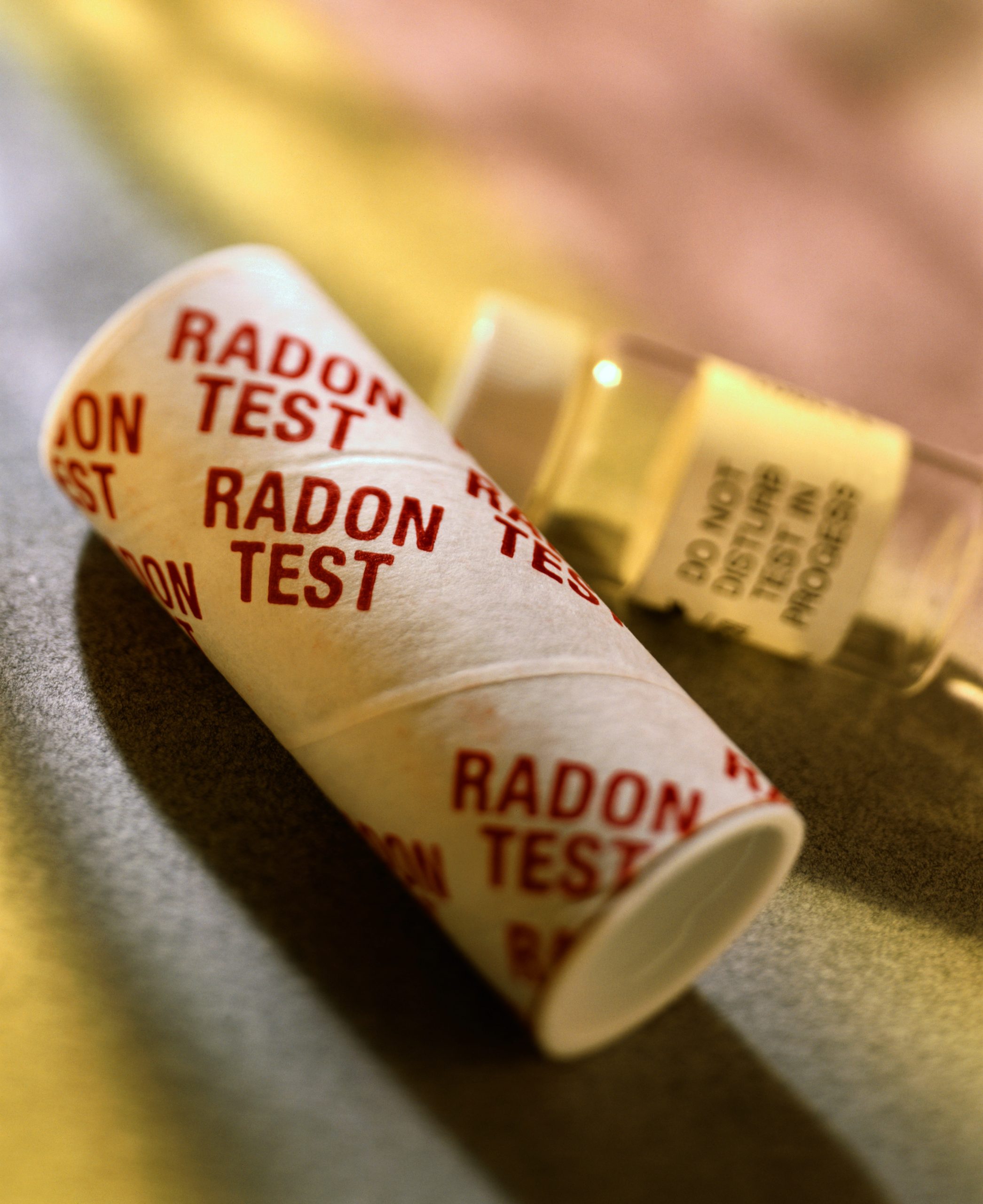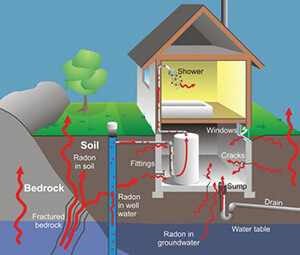Why Home Inspections Matter: Where does radon come from?
Radon can enter a home in any place it can find an opening where the house is in contact with the ground, which is concerning to many homeowners in Calgary. Radon is a naturally occurring radioactive noble gas that is found in the soil. In our previous blogs, we’ve discussed what can cause radon in a house and what a safe radon level is. Home inspections are a great way to find out your radon levels, but some may still be wondering where radon actually comes from.
In this article, we’ll be exploring where radon comes from and the best way to mediate this harmful gas.
What is radon?
To recap quickly, radon is an invisible gas that forms in the crust of the earth. It rises from the ground and can get trapped in structures like your home or commercial buildings. Exposure to high levels of radon is the number one cause of lung cancer in non-smokers. Radon can get trapped in your home through cracks in the foundation walls or floor slabs, construction joints, gaps around service pipes, support posts, window easements, floor drains, sumps or cavities inside the wall.

Where does radon gas come from?
Radon is constantly being generated by the radium in rocks, soil and water. Materials that are made from these rocks and soil, which can include some building materials, can contain radon too. Now the important part to keep in mind when it comes to radon in your home is that the concentration of radon is dependent on the type of soil your home is built on. Things such as cracks, opening and other penetrations in your home’s foundation will allow a pathway for radon to enter your home. The ventilation and air flow patterns in your home will be an important factor that affects how much radon can be pulled into different areas within your home.
Radon can also be dissolved into ground water and can be introduced into the air through aeration of well water during its use in things such as washing machines, showers, and other appliances like this. But generally, this aeration component is relatively small when compared to the amount of radon that can enter the home from the soil.
In Conclusion
No matter the age, type of construction or where your home is located, all homes in Canada do have radon in them. The only way to be sure of radon level in your home is to have it tested. The best way to prevent and help mediate the hazardous effects of radon is to get your home inspected.
Integra Inspection Services is the leading provider of home inspection services throughout Calgary. Our commitment to our clients is evident by our honest and thorough Calgary home inspections. Our service is available for residential buildings, including homes, townhouses, and condos. Whether you are a buyer, seller, or a realtor, we conduct complete home inspections to determine if your property has any structural flaws and to prevent future costly repairs. Our Calgary home inspections include infrared thermal imagine on every inspection for an accurate, detailed inspection. For all of your home inspection or commercial property assessment needs, we can help. Schedule your inspection with Integra Inspection Services.

